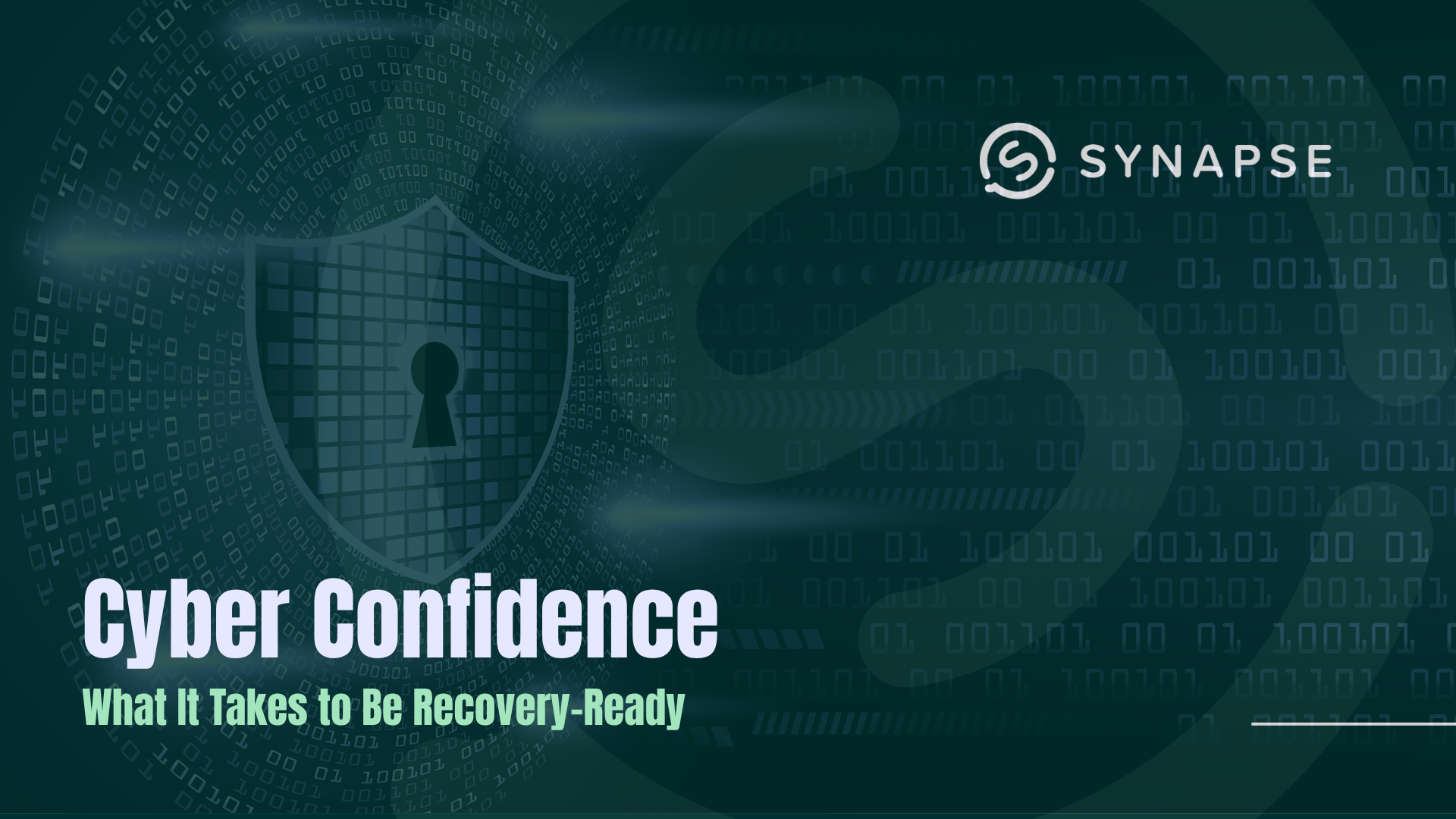
Public cloud repatriation is an important yet often overlooked topic that deserves a lot more attention. Rather than viewing it as an admission of failure, repatriation should be seen as an adjustment of hosting platforms based on current economic realities along with other factors. While the high cost of cloud computing is often cited as a reason for repatriation, it's important to note that cloud providers are not solely responsible for inflated bills. Enterprises that fail to optimise their applications and data for cost-efficiency on cloud platforms often encounter avoidable higher expenses.Here we will explore the reasons behind repatriation and highlight the need for businesses to find the most optimised architecture for their bespoke requirements.
Optimising Cloud Cost-Efficiencies
Cloud bills that exceed expectations are often a result of enterprises lifting and shifting applications without refactoring them to take advantage of native cloud capabilities. By failing to leverage auto-scaling, security features, and storage management, lifted-and-shifted applications cannot operate as efficiently as they could. Refactoring, while time-consuming and expensive, is crucial for cost optimisation. However, due to tight migration deadlines during the pandemic, many enterprises did not have the luxury to refactor their systems for the cloud. In these such cases, repatriation becomes a viable and cost-effective option, despite the challenges and expenses associated with operating an in-house data centre.
Economic Realities & Advancements
Over the past decade, the prices of hardware components such as hard drives, networking equipment, and compute hardware have dropped significantly. Meanwhile, cloud computing costs have remained relatively stable or slightly higher. From a business perspective, it becomes economically sensible to repatriate certain workloads and data storage that predominantly involve simple tasks, such as long-term data storage without advanced data processing. By transitioning these workloads to owned hardware, enterprises can achieve a positive return on investment, even considering the additional costs of internalising operations.
Specialised Cloud-Based Services
It's important to acknowledge that many workloads rely on specialised cloud-based services that cannot be easily replicated on traditional platforms. Advanced IT services like artificial intelligence, deep analytics, massive scaling, and quantum computing are often more cost-effective to run on public clouds. Establishments must carefully evaluate the dependencies and requirements of their workloads before deciding on repatriation. If affordable alternatives are unlikely to match the capabilities of specialised cloud services, it may be more economical to retain those workloads in the cloud.
A Dynamic Approach to Architectural Optimization: Adapting to Evolving Business Needs
Ultimately, the goal is to identify the most optimised architecture that supports the unique needs of each business. While public cloud hosting may be the right choice for certain workloads, the landscape of technology constantly evolves, and businesses must adapt accordingly. It is essential not to become blindly infatuated with any technology, including cloud computing. Repatriation of applications and data stores to traditional enterprise data centres can be a strategic decision based on current business environments and economics. This does not reflect a criticism of cloud computing but rather a recognition of the dynamic nature of technology and the need to adjust accordingly.
Conclusion...
As we continue through the year, IT departments may witness a rise in repatriation of applications and data stores that are more cost-effective to operate within traditional enterprise data centres. It is crucial to understand that this shift is not a condemnation of cloud computing but a testament to the adaptive nature of businesses. Cloud computing, like any technology, has its strengths and weaknesses. As the landscape evolves and businesses evaluate their requirements, the optimal hosting platforms will continue to evolve. There is no shame in IT Leaders, adjusting strategies to find the most efficient and cost-effective solution for each organisation's unique needs.
Blog & Articles
Posts



.png)